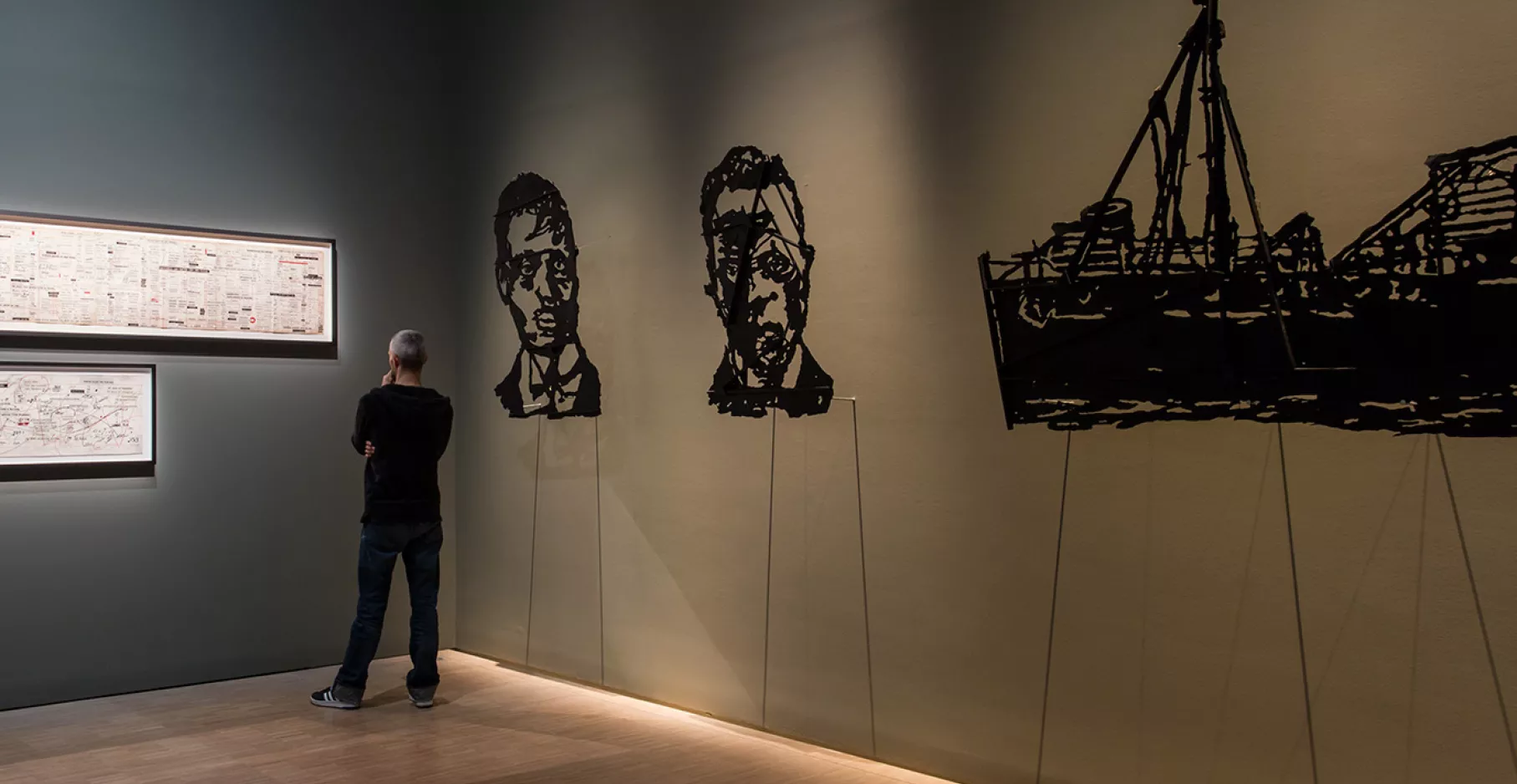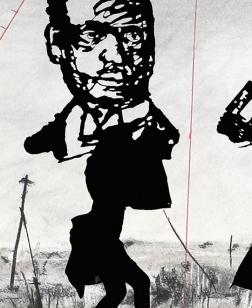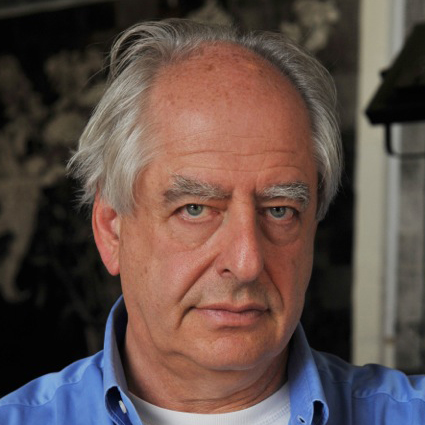William Kentridge


William Kentridge
From 5 February
to 13 December 2020


From 5 February
to 13 December 2020
Dates:
5.02 > 5.07.2020
Opening times:
Tues. > Sun., 10:00 am - 6:00 pm
Rates* :
Full rate: 11€
Reduced rate**: 8 €
*Excluding administrative fees
**Upon presentation of documentary proof less than 3 months old and/or currently valid




A native of South Africa, William Kentridge has gained international recognition as one of the greatest artists of his generation. One of the last twenty years’ most prolific creators, he explores all mediums with consummate ease, including drawing, engraving, sculpture, tapestry, animated film, performance and video installation. His interest in the theatre has led him to create bridgeways between the visual arts, the cinema and the performing arts, making him a virtuoso in creating and images in motion. His abundant body of work provides a poetic and critical vision of highly delicate subjects as decolonisation, Apartheid, political conflicts and Africa’s role in the First World War.
William Kentridge belongs to a long line of artists, from Leonardo da Vinci to Pablo Picasso, who have mastered all expressive forms, from drawing to theatrical production. He has added the mediums of today: video, animation and performance. It is above all on the stage, a place that lends itself to transitions and metamorphoses, that this synthesis of all the arts flourishes in the most inventive ways.
Because it creates a relationship between artistic forms, Kentridge’s work is often spectacular. Its effect on the spectator, whose every sense is engaged, is immediate.
Kentridge’s work is a total work of art because it is the result of collective considerations: the artist surrounds himself with many collaborators.
« I spent all my schooldays knowing outrageous things were happening in an abnormal society. »

William Kentridge
The universality of Kentridge’s art stems from his ability to combine history great and small, to blend the world’s upheavals with his personal experience. Born in South Africa shortly after the establishment of apartheid, he has unceasingly focused his artistic reflections on the human condition and abuses of power.
When he appropriated the character of Ubu (created in France by Alfred Jarry in the late 19th century), Kentridge not only made him a symbol of the violence of his country’s segregationist policy, but an emblem of all totalitarian abuses.
Hence, through the prism of the African continent’s history, he invites us to look at the world as a whole and proposes a new history of humanity, without hierarchies or borders, in which all individuals can see themselves.

In the late 1980s, William Kentridge invented a cinematographic technique that he calls “poor man’s animation”. The process consists of making a drawing, reworking parts of it (by adding or erasing various elements), and filming the changes made frame by frame. The resulting short animated film is the sole repository of the various stages in the drawing’s evolution. The drawing itself is summarised in
the single sheet containing the final version of the repeatedly modified image. Few materials are needed: a sheet of paper, charcoal, a cloth and a camera. The film produced, however, is of remarkable poetic richness.

In the early 1980s William Kentridge was at an impasse. Unconvinced by his artistic talents, in 1981 he decided to move to Paris and take theatre and mime classes at the École Jacques Lecoq. There, he discovered a theatre focused on the gestures of the body and the dynamics of motion, where text was secondary. Although he quickly realised that the acting profession was not for him, that year in Paris was decisive: in his performances and productions, he has continued reinventing this work on the body, developing a new formal
repertoire that is particularly innovative in its use of video.

The influence of Dada on William Kentridge’s work has been fundamental. A subversive movement that emerged in Zurich in 1916, Dada made the abolition of all hierarchy between the arts an aesthetic and political principle. Kentridge adopted not only Dada’s vocabulary, made up of paradoxes, nonsense and humour, but its formal language based on a fragmentary aesthetic and visual and sonic cacophony.
Sébastien Delot, Director-Curator of the LaM
Marie-Laure Bernadac, Honorary General Curator of Heritage

official partner

associated partner
Receive news about the LaM, its collection, exhibitions, events, and more...
Prendre l'autoroute Paris-Gand (A1/A22/N227)
Sortie 5 ou 6 Flers / Château / Musée d’art moderne

Métro ligne 1 - Station Pont de Bois
+ Bus Liane 6, direction Villeneuve d'Ascq Contrescarpe
ou Bus ligne 32, direction Wasquehal Jean-Paul Sartre
Arrêt L.A.M.
Métro ligne 2 - Station Fort de Mons
+ Bus Liane 6, direction Villeneuve d'Ascq Contrescarpe
Arrêt L.A.M.
Métro ligne 2 - Station Jean Jaurès
+ Bus ligne 32, direction Villeneuve d'Ascq Hôtel de Ville
Arrêt L.A.M.
Un parking à vélo vous est proposé à l'entrée du parc du musée
La carte « La MEL à Vélo », édition 2017-2018, vous informe sur les aménagements cyclables, stations V'lille, itinéraires conseillés... Élément indispensable à mettre dans toutes les sacoches, elle réunit l'ensemble des informations dont vous pouvez avez besoin lors de votre trajet en vélo
L'entrée principale du LaM est située en contrebas du parking P8, à proximité immédiate du rond-point situé au bout de l'allée du Musée
Deux parkings publics (non surveillés) sont disponibles pour garer vos véhicules :
- le parking P7 (dit Des moulins, véhicules de + de 1,8 m)
- le parking P8 (hauteur maxi : 1,8 m), à proximité immédiate de l'entrée principale du musée, mais de moindre capacité que le P7
Pour les bus, un dépose-minute est situé sur l'avenue de Canteleu
Les emplacements de parking réservés P.M.R. se situent juste avant le rond-point de l’allée du Musée, face au pavillon d’entrée du LaM